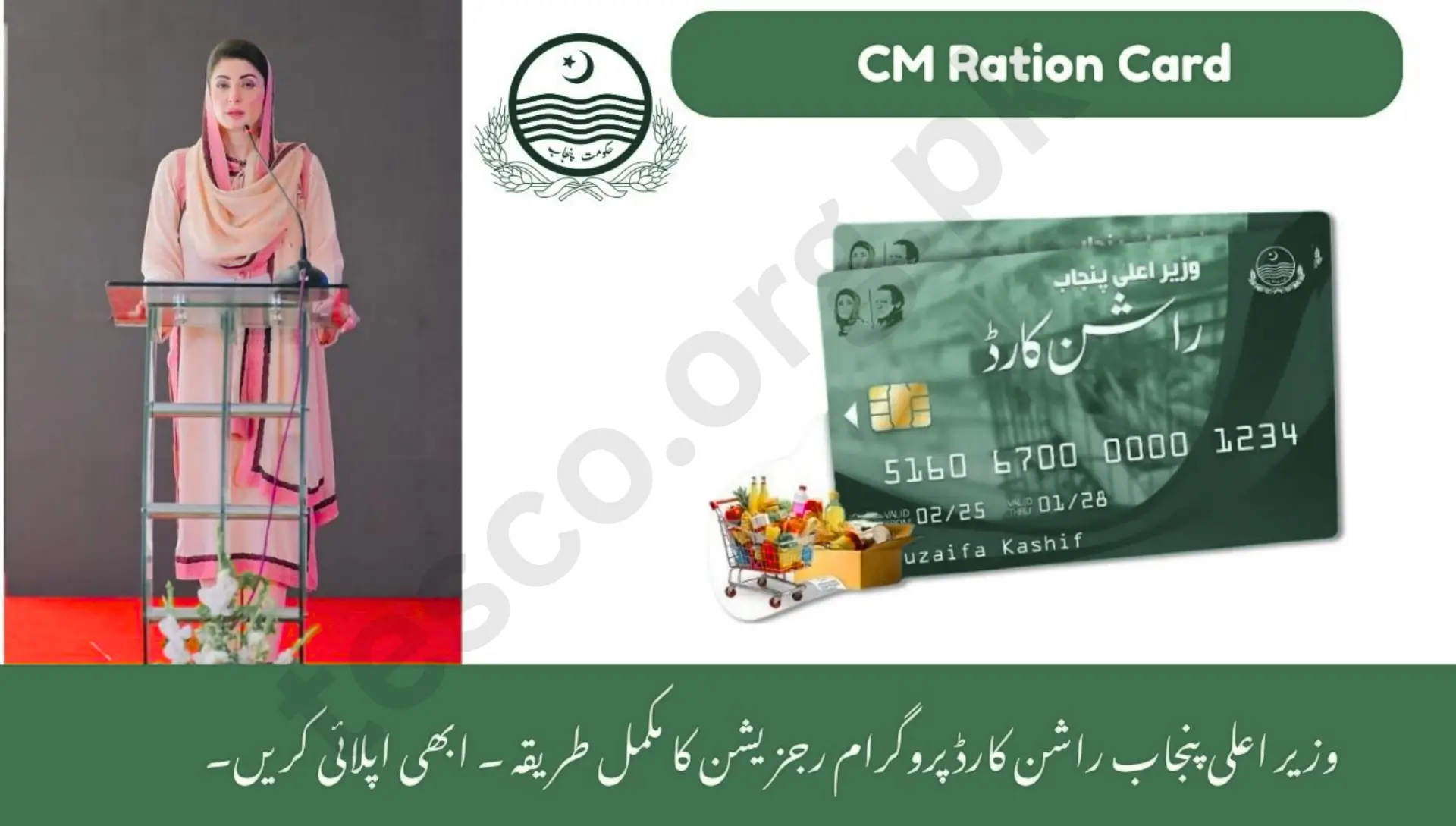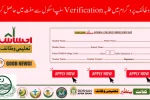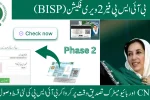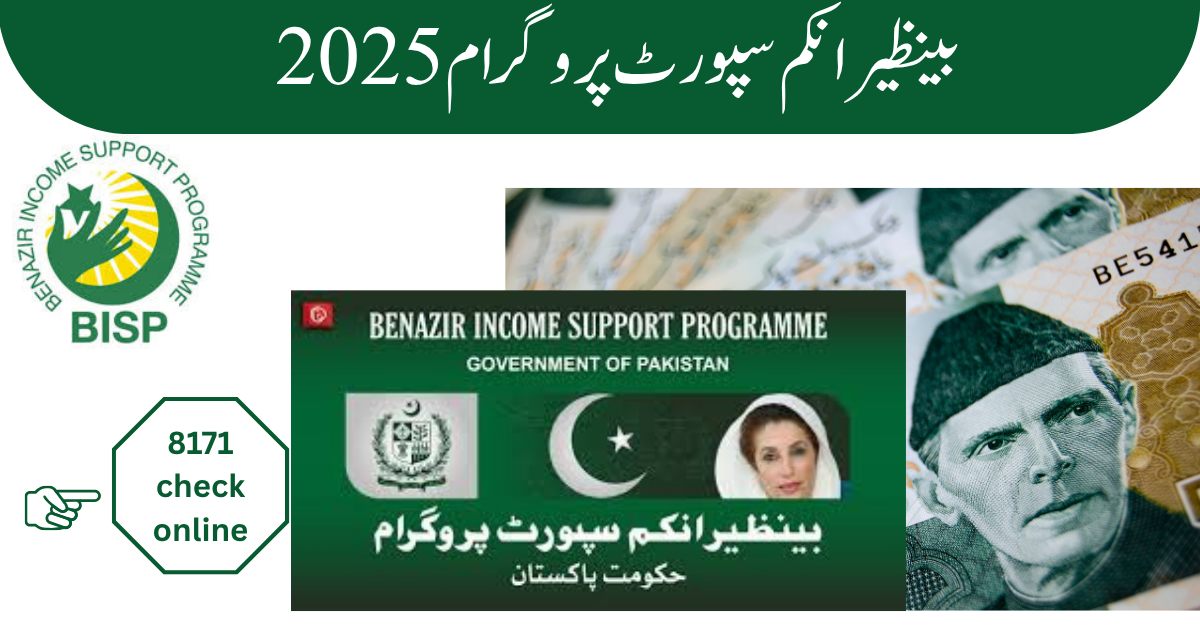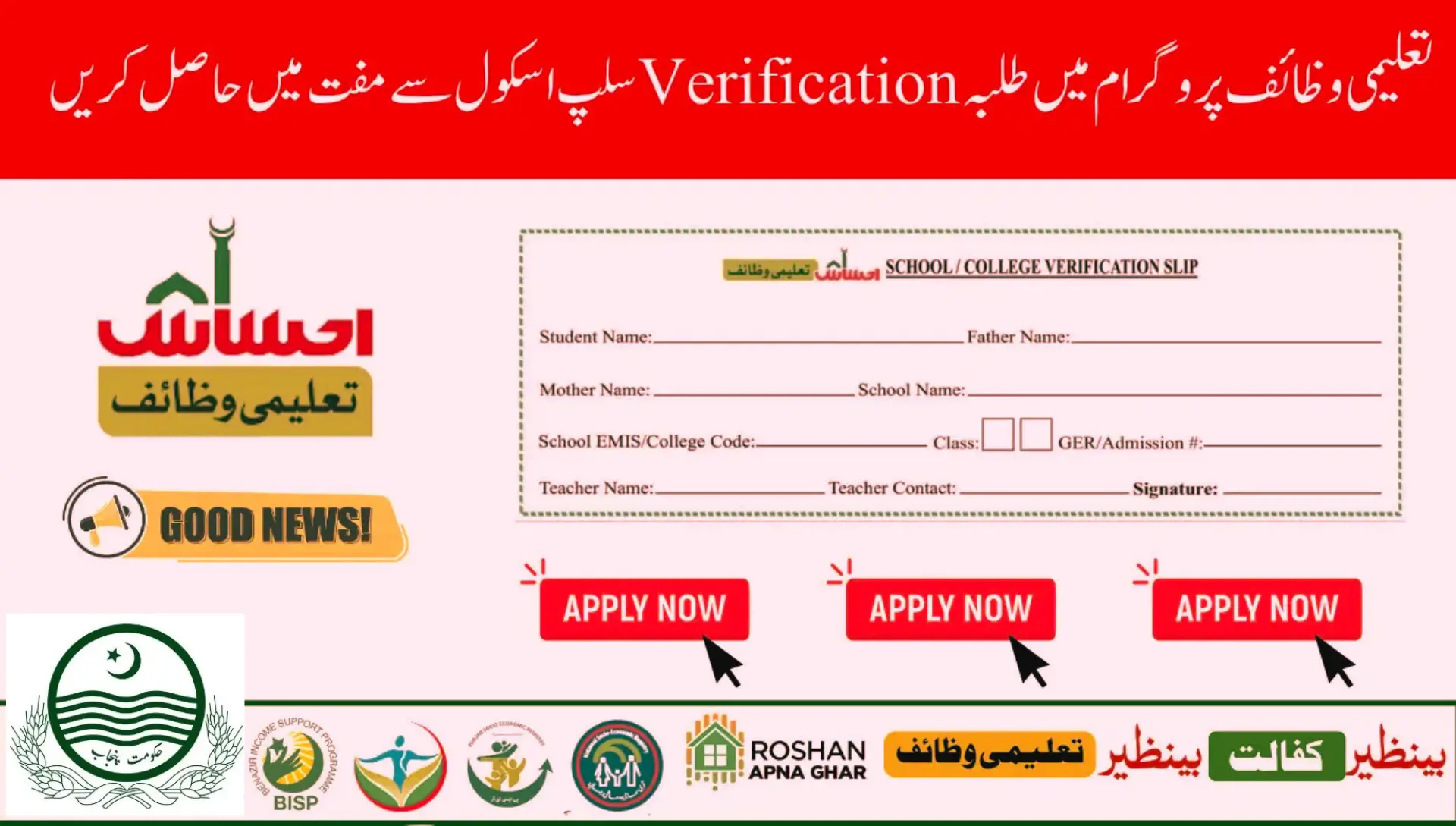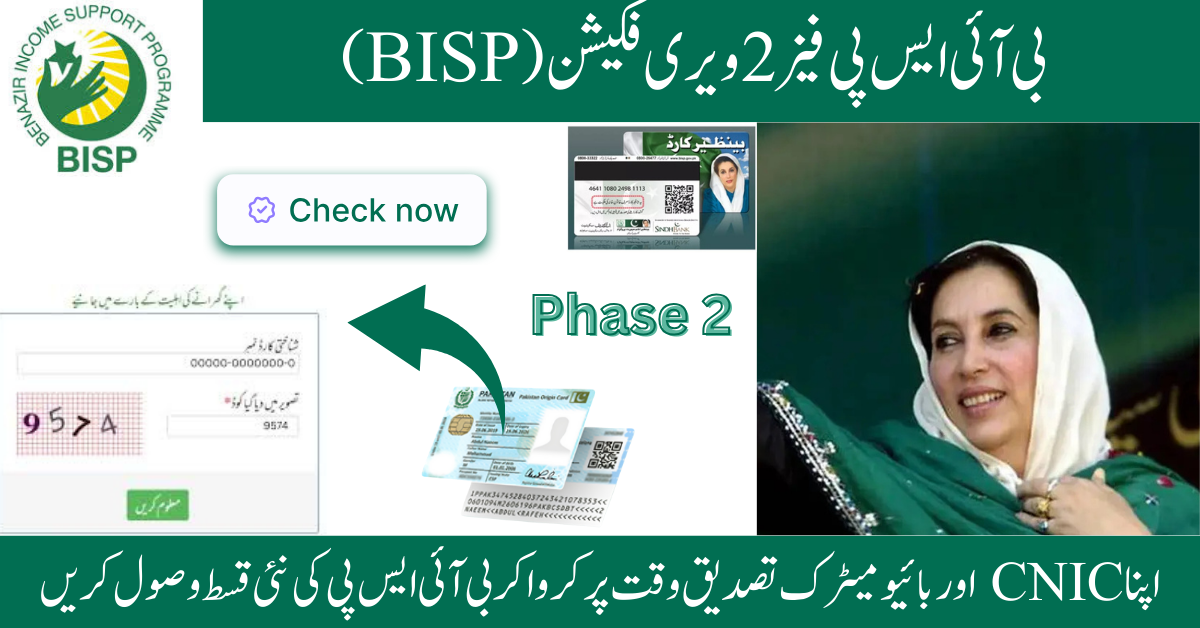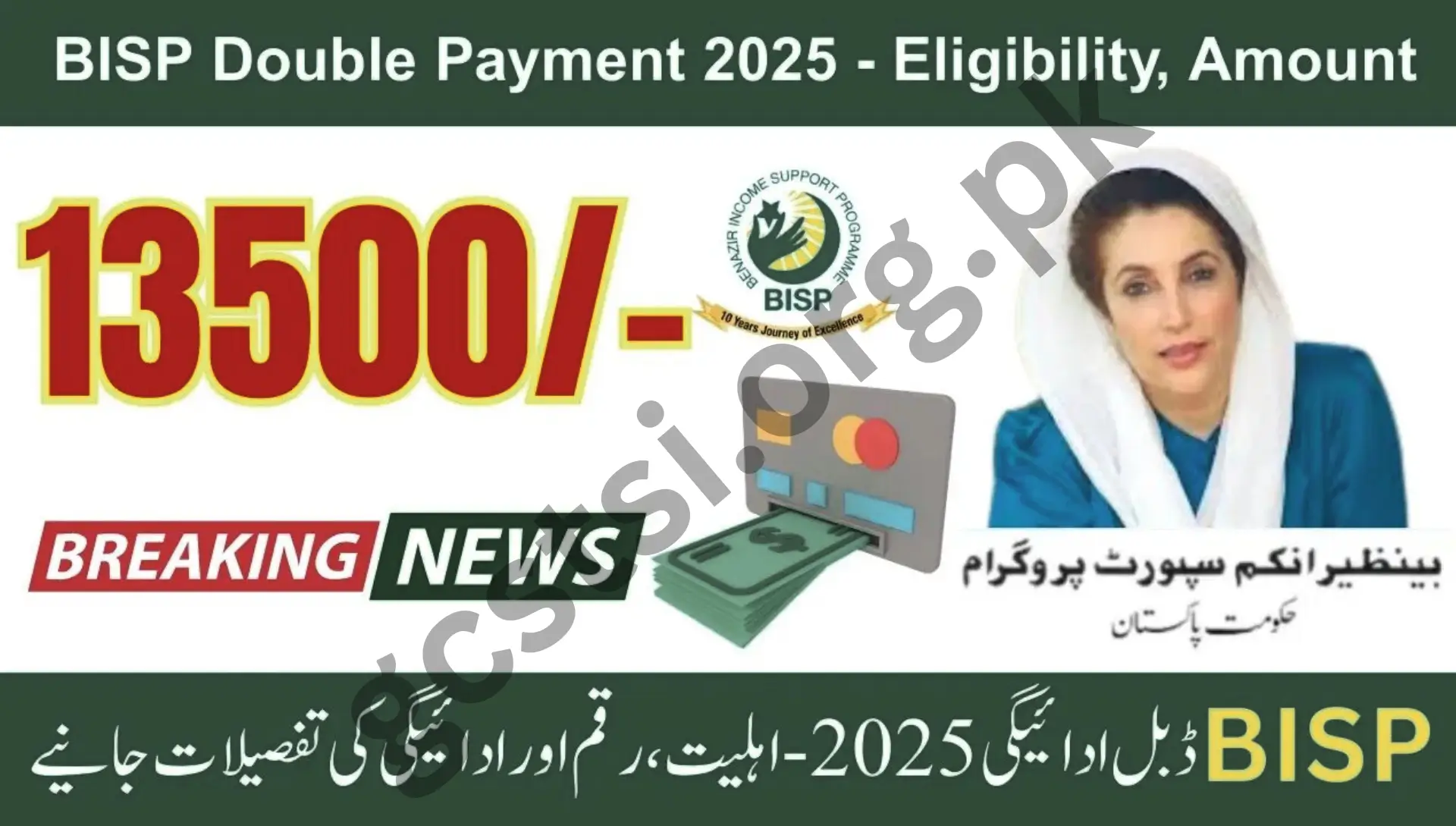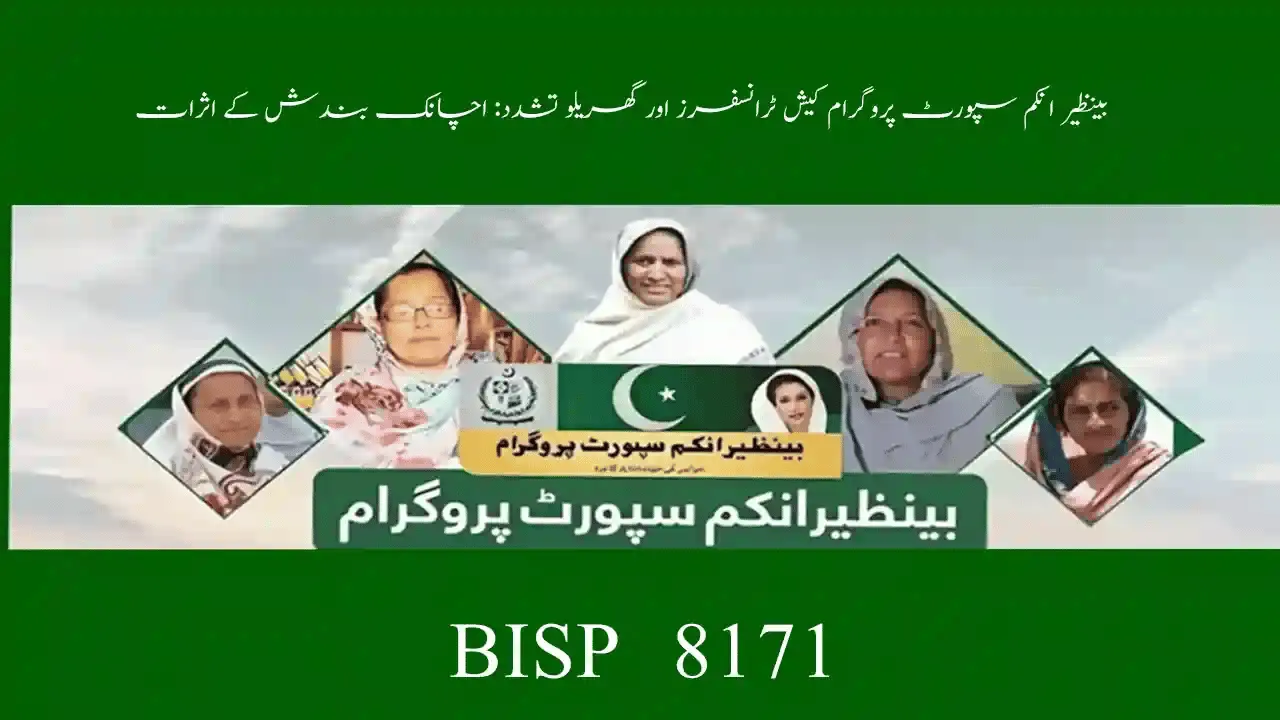CM Maryam Nawaz Ration Card Program 2025: October Update. What is the CM Maryam Nawaz Ration Card Program 2025, and where do things stand in October? This article gives you the latest updates, clear eligibility criteria, step-by-step application guidance, and insights you need to know.
Program Overview & Purpose
What is the CM Maryam Nawaz Ration Card Program 2025?
The CM Maryam Nawaz Ration Card Program 2025 (also called Punjab Ration Card Program) is a welfare initiative by the Punjab government to support low-income households in meeting their basic food needs during rising inflation. It aims to provide monthly subsidies or discounted ration to deserving families.
This program is tied to the Punjab Social & Economic Registry (PSER) / socio-economic database to ensure transparency, avoid duplicate benefits, and target the genuinely needy.
Why was it launched?
- Inflation and food price hikes have eroded purchasing power, especially for labourers and low-income families.
- The government seeks to reduce hunger and malnutrition risk in Punjab.
- To institutionalize welfare and use digital systems (smart cards, PSER) to avoid leakage and abuse.
- As part of the broader social protection and poverty alleviation efforts under the new CM’s policy goals.
October 2025 Updates & Rollout Status
Key Highlights (as of October)
- The program was officially launched in April / May 2025, with public announcements and formal rollout.
- It was popularly billed as a Rs 40 billion ration card program for labourers and low-income households.
- Initially, 1.25 million families were shortlisted to receive benefits.
- The monthly subsidy set is Rs 3,000 per eligible household.
- Distribution is underway in key districts (Lahore, Multan, Bahawalpur, Faisalabad).
- The merchant list has been published (for participating shops) with addresses across districts.
- The government plans to expand coverage: more families will be added in subsequent phases.
- Linkage to Suthra Punjab program: workers under that scheme are also being included in the CM’s ration card scheme.
Note: Some media reports initially mentioned Rs 10,000 monthly subsidy, but most credible sources confirm that the actual subsidy is Rs 3,000 per family.
Status Table
| Metric | Value / Status |
|---|---|
| Total shortlisted families | ≈ 1.25 million |
| Monthly subsidy per family | Rs 3,000 |
| Districts active | Lahore, Multan, Bahawalpur, Faisalabad, plus others |
| Merchant list published | Yes (across many districts) |
| Expansion plan | More families to be added |
| Integration | Suthra Punjab workers included |
Eligibility Criteria & Priority Groups
Who qualifies for CM Punjab Ration Card 2025?
To ensure the subsidy reaches the right people, the government has set several eligibility criteria. Reported requirements include:
- Must be a permanent resident of Punjab / have domicile in Punjab
- Household monthly income below a threshold (commonly cited as Rs 60,000)
- Must be registered in the Punjab Social & Economic Registry (PSER) / socio-economic database / NSER to ensure accountability.
- Should not be a tax filer or own large assets (to avoid benefiting well-off families).
- Should not be a government employee in many cases
Priority Groups
- Labourers, daily wage earners, workers in informal sector
- Mine workers (a special inclusion) media coverage refers to 40,000 mine workers included in the scheme.
- Suthra Punjab program workers are being extended benefits under this scheme.
The eligibility criteria may be refined further as rollout continues, so applicants should always check the latest public notices.
Benefits & Subsidy Details
What you get from the Ration Card Program
- Rs 3,000 monthly subsidy: This cash or ration benefit is given to eligible households to cover essentials.
- Discounted/Free Basic Food Items: Using the smart ration card at participating shops, beneficiaries can purchase subsidized items (flour, rice, pulses, sugar, etc.).
- Transparent Distribution: Through digital smart card systems and linkage to verified merchant lists to reduce leakage. Merchant addresses are made public.
- Dignity & Choice: Instead of fixed rations, beneficiaries can decide which items to purchase (within the subsidy limit).
- Expansion Possibilities: The government may increase the subsidy amount or widen coverage if inflation continues.
Limitations & Clarifications
- The subsidy is per household, not per person.
- It is likely meant to cover basic food supply, not luxury or non-essentials.
- Households with incomes or assets above the threshold or tax filers may be disqualified.
- Initial rollout is limited; many districts are still in the queue.
Application Process
The government has designed a multi-channel application process to ensure accessibility.
Online Registration (via PSER / Punjab portal)
- Visit the official PSER / Punjab government portal (or the dedicated ration card webpage)
- Enter CNIC number, mobile number, and required personal/household details.
- Submit the form and wait for confirmation / verification.
- If approved, your record will be integrated into the PSER database and you’ll receive a smart card or digital authorization.
SMS / Mobile Method
- Some reports mention sending your CNIC to a specific code (e.g. 8123) for quick eligibility check and registration.
- The government may send a confirmation SMS if you qualify.
Local Registration / Offline Mode
- Visit e-Khidmat Markaz, Union Council office, or designated welfare centres.
- Fill the physical application form, attach a copy of CNIC, income proof, and other required documents.
- Officials verify and input your data into the PSER system.
Verification & Approval
- After submission, the authorities verify household data, income status, existing asset records.
- If accepted, you will be separately notified (via SMS or portal) and get a smart ration card or digital credential.
- You may then use that card / credential at authorized merchants.
Merchant Network & Where You Can Use the Card
Merchant List
A public merchant list PDF has been published that shows approved shops (kiryana / utility shops) across districts along with addresses.
This ensures beneficiaries know where they can redeem their subsidized ration.
Usage Locations
- Authorized utility stores / ration shops
- Participating kiryana shops that display signage or QR code
- Some plans mention district-level stores or distribution points
Always check shop signage or ask if they are part of the Ration Card Program before purchase.
Challenges, Critiques & Areas for Improvement
Possible Challenges
- Exclusion errors: deserving households may be left out due to incomplete data or registration hurdles.
- Inclusion errors / misuse: some ineligible individuals might slip through due to weak checks.
- Logistical rollout delays: in remote districts, distribution and merchant setup may lag.
- Awareness gap: many people may not know about the scheme or how to apply.
- Transparency & grievance mechanism: complaints, errors in data, or disputes need a responsive system.
- Sustainability: ensuring funds continue year to year, and subsidy keeps pace with inflation.
Critiques & Observations
- Some reporting over-stated subsidy (Rs 10,000), which caused confusion. Real subsidy is Rs 3,000.
- Certain asset / income thresholds may disqualify borderline poor families.
- The success depends heavily on the accuracy of the PSER / socio-economic registry.
- Some groups argue for expanding coverage beyond initial target groups.
Recommendations
- Stronger public outreach campaigns, especially in rural areas.
- A grievance redressal hotline / app to address disputes or rejection appeals.
- Mobile teams to assist registration in remote areas.
- Continuous audit / oversight to detect misuse.
- Periodic review of subsidy amount, to match inflation.
FAQs
Q1: What is the monthly subsidy under CM Maryam Nawaz Ration Card Program 2025?
A1: Each eligible household receives Rs 3,000 per month as a subsidy.
Q2: Who is eligible for the Punjab Ration Card Program 2025?
A2: Residents of Punjab with low household income, registered with PSER, not tax filers or government employees, without large assets, and belonging to labour / vulnerable groups.
Q3: How can I apply for the ration card?
A3: Through online PSER portal, via SMS (sending CNIC to a code), or by visiting e-Khidmat / union council offices and applying offline.
Q4: Where can I use the card / subsidy?
A4: At authorized utility stores, approved kiryana shops, and merchants listed in the published merchant PDF.
Q5: Is the Ration Card only for mine workers or all labourers?
A5: While initial publicity included mine workers (about 40,000) as priority group, the scheme is intended for all eligible labourers and low-income households.
Q6: What if my application is rejected?
A6: You can appeal via grievance mechanisms (if available), recheck your data, or contact local welfare offices. (The government is expected to implement an appeal system.)
Conclusion
The CM Maryam Nawaz Ration Card Program 2025 is one of the ambitious welfare efforts by the Punjab government to safeguard food security and ease pressure on low-income families during rising inflation. With a subsidy of Rs 3,000 per month, linkage to PSER, and a published merchant network, it has strong potential though its success will depend on effective rollout, data integrity, and responsiveness to citizen feedback.

